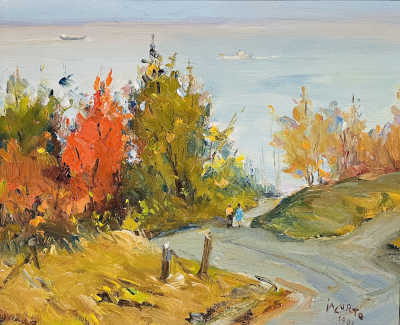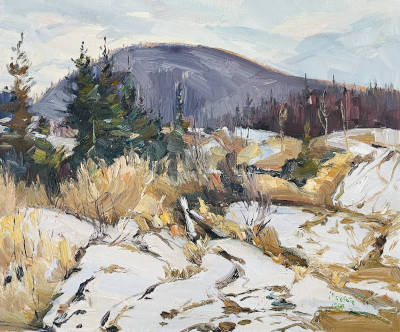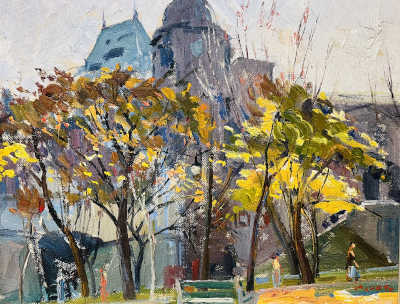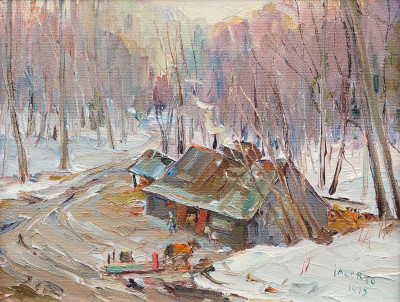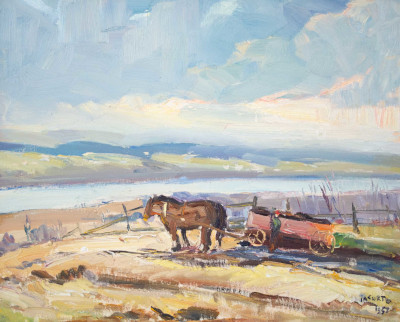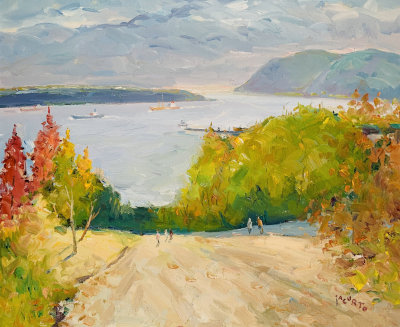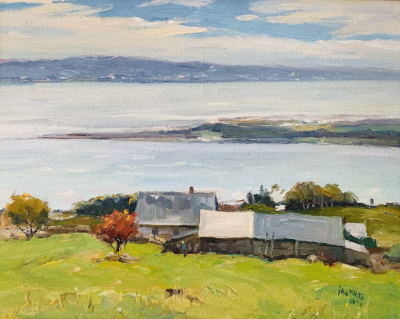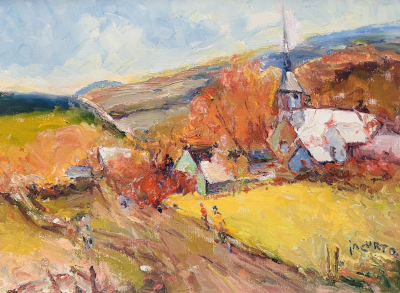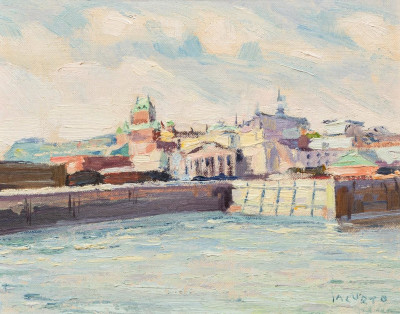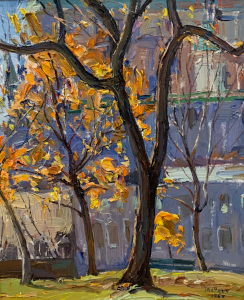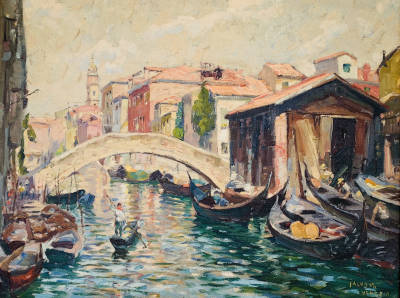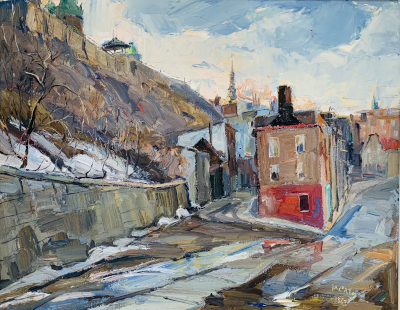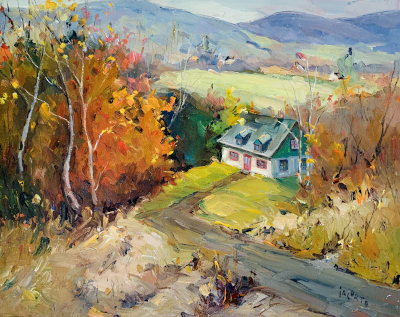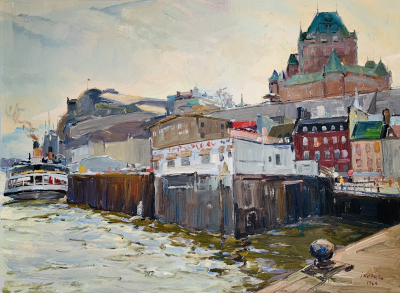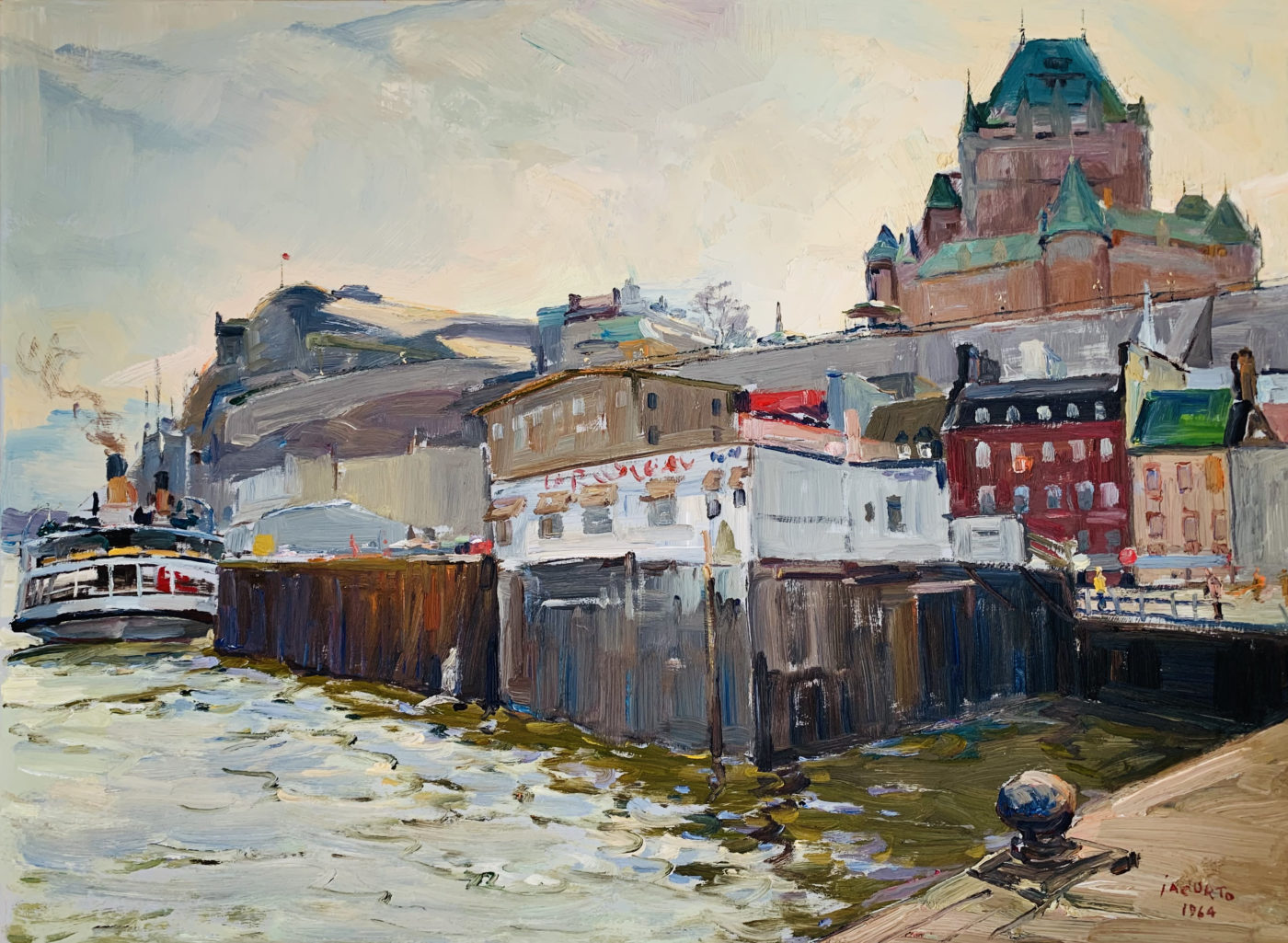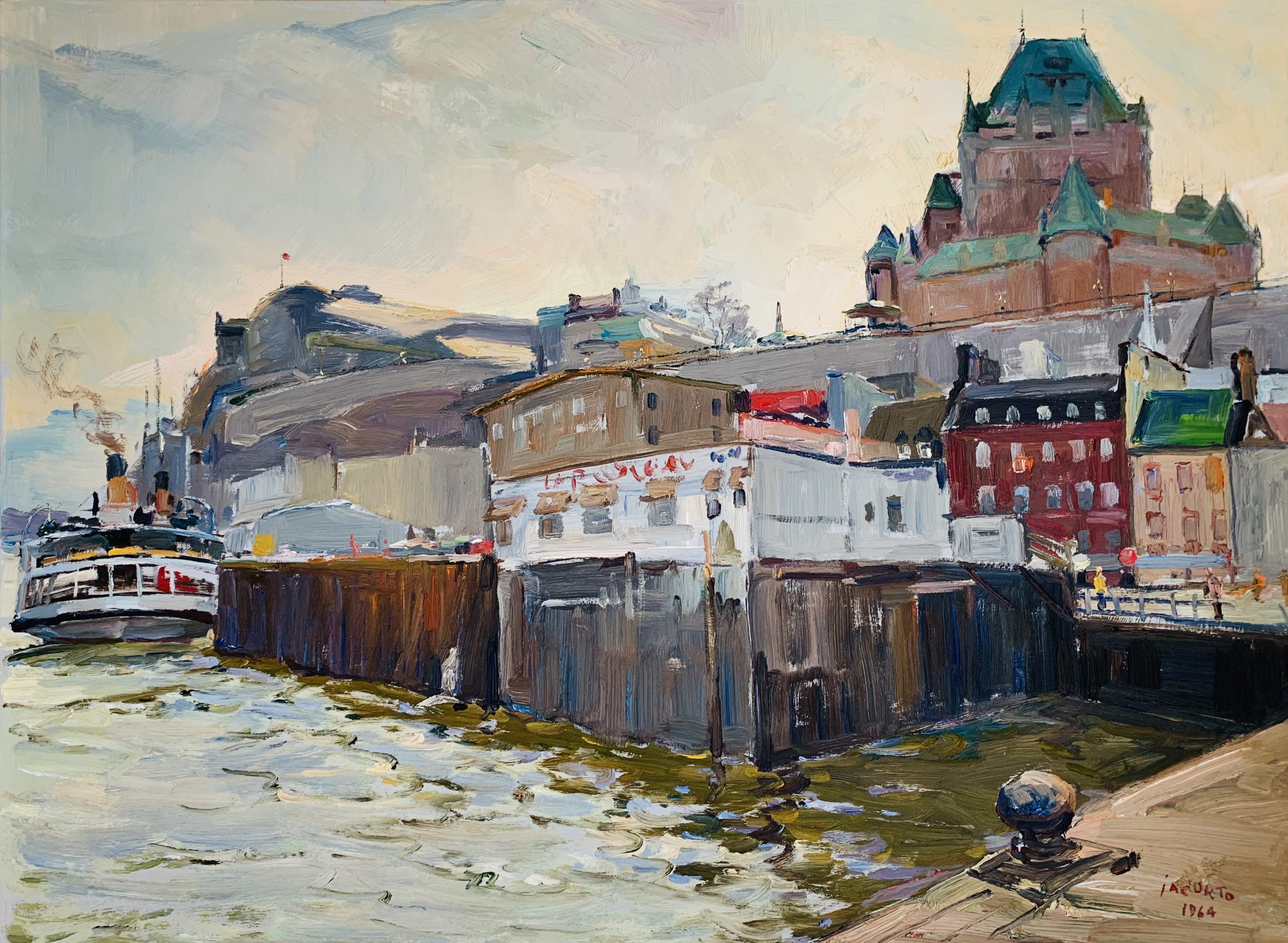
Additional images
The Québec City–Lévis Ferry
The Québec City area has always experienced growth on both sides of the St. Lawrence, Lévis to the south, Québec to the north. And it was evident from the start that people needed a way to get across in the summer. First, canoes did the job, but demand grew to such an extent that eventually high-capacity ferries began shuttling people back and forth every half hour. In winter, however, for years people had to make do with an ice bridge.
Boats and canoes
Under the French regime, travel between Québec and Lévis was rare. Small boats, rowboats, and canoes were chartered as needed. Then at the turn of the 19th century, a burgeoning population saw the rise of ferrymen to canoe passengers back and forth. Bark canoes could hold three or four people, while wood canoes held 15 to 20. The crossing took around 20 minutes.
The first high-capacity ferriesThe first steam ferry came into service in 1818, at a time when strong economic and demographic growth in the region boosted the numbers crossing. Along with the smaller boats and canoes still in operation, animal traction boats made an appearance. The paddle wheels on these barge-like horse boats were turned by two or three horses. The first came into service in 1828, and the last was thrown on the scrap heap in 1842. All held between 100 and 300 passengers, along with any cargo and horse-drawn carriages being transported. The crossing took around 10 minutes.
Better service
When the railway came to Lévis in 1854, traffic between the two shores increased. The first ferry service designed to coincide with train times began two years later, but other improvements were needed. In 1863 the towns of Québec and Lévis agreed to a monopoly in return for better service. Until then the competing ferry service providers had often waited until boats were full before leaving. From now on ferries would leave at set times. A first waiting room was built in 1872.
The Québec Bridge
The Québec Bridge, opened in 1917, at last connected Québec City to the North American railway system. The Lévis station grew less important, and crossings between Québec and Lévis with it. The hardest blow came 12 years later, however, when a lane for motorcars opened on the bridge. Nevertheless the Québec City–Lévis ferry has remained an important link between the shores, transporting an average of 1.5 million passengers, 300,000 vehicles, and 100,000 bicycles every year.
The ice bridge
Starting in December each year, wintry weather led to ice building up on the St. Lawrence, making navigation difficult. Until 1909 the river would completely freeze over between Québec City and Lévis from mid-January to late March. The covering of ice was solid enough to create an “ice bridge” across it, a well-marked and well-maintained pathway that locals used to get from shore to shore by foot or horse-drawn carriage. The bridge was also a place of entertainment, somewhere for people to socialize. Sleighs and iceboats raced across, and innkeepers sold drinks. After 1909, increasingly efficient icebreakers stopped the ice bridge from forming and made navigation possible in the heart of winter. New winter ferryboats built in 1910 provided a permanent link across the water between Québec and Lévis.
source: Ville de Québec,
Quebec City-Lévis Ferry
Inscriptions
Provenance
Frame
-
Artwork details
-
Free shipping
-
Free return
- Secure payments
Free shipping within Canada; Ships in 2 days from Montreal, Canada
View Details
This piece can be returned within 15 days. Free! View Details
You can pay by credit and debit card, PayPal, or bank e-transfer. View Details
